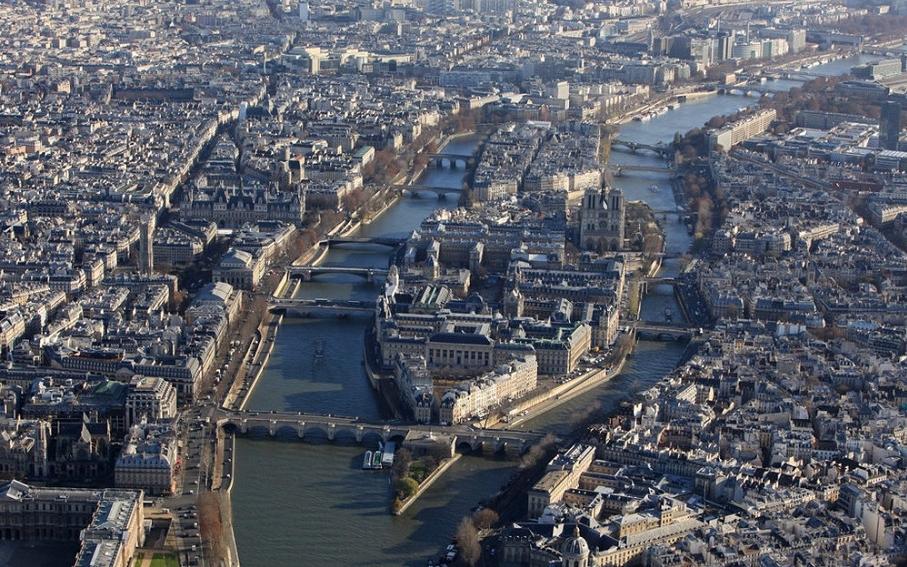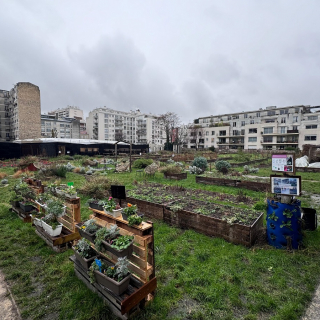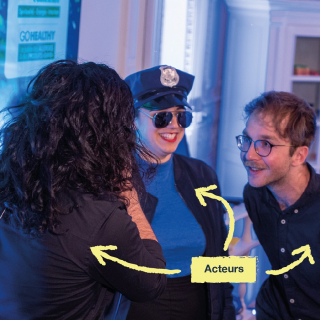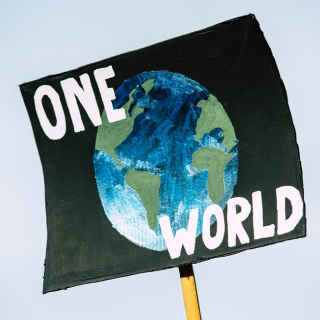Discovery of the Ile de la Cité Activity
Description
The Ile de la Cité is considered the cradle of Paris.
Indeed, a Gallic tribe, the Parisii, lived in the area at least since the 3rd century BC, perhaps a little further on at the mouth of the Bièvre, or even on another island that has now disappeared. Their village was then called Lucotetia (there are various etymological origins, including that meaning 'swamp' or 'mud' in Celtic).
After their victory at the Battle of Lutetia in 52BC, the Romans settled on the left bank of Lutetia and lived there until the 5th century. A Roman temple was built on the eastern part of the island, while an imperial palace was erected on the western part. But in 276, barbarian invasions forced the population to regroup on the Ile de la Cité: the Gallo-Romans entrenched themselves there and built the first wall of Paris to protect themselves.
In 360, Lutetia became Paris, and the island became the residence of the Frankish kings from the end of the Roman Empire. The Merovingian kings resided there when they came to Paris and Clovis made Paris the capital of the Frankish kingdom.
The cradle of the city would naturally become the heart of the capital.
Route:
You will discover the Pont-Neuf and its secrets, the Place Dauphine of Henri IV, the Conciergerie (the palace of the Capetians which became a prison), the Sainte-Chapelle, the Hôtel Dieu which was once overcrowdedbut also the Old Quarter of Notre-Dame, a place full of legends and events, where the old cloister of Notre-Dame was located and where canons and students lived. The majestic Gothic cathedral is of course the highlight of the visit!
- Guided tour
Métro Saint-Michel, Quai Saint Michel, 75005 Paris
Cancellation policy
- Flexible
Toute annulation par l’Explorateur dans un délai :
- inférieur à 48h avant le début de l’Expérience réservée, ne donne droit à aucun remboursement
- supérieur ou égal à 48h avant le début de l’Expérience réservée donne droit au remboursement de 100 % du montant de la Réservation.
Durée : 02h15
Whereez' guarantees
-
Best price guaranteed
-
No reservation fees
-
Tested and approved by Whereez
-
Secure transaction
-
Customer service 7d/7
-
100% local







